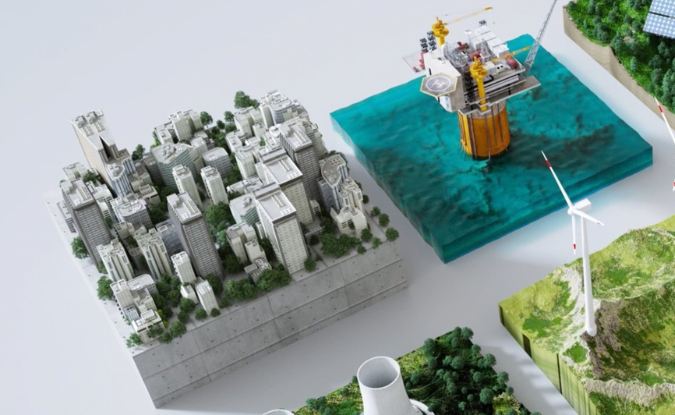Mining companies play a vital role in protecting the environment while simultaneously meeting the Dual Challenge of providing an adequate supply of minerals and metals to meet the growing demands of the expanding global population. Water stewardship is a critical aspect of this and mining operations have a responsibility to local communities and their environmental resources. These companies must take a proactive approach to water management and look to Environmental, Social and Governance (ESG) initiatives as a method for achieving their sustainability goals. They can also lean into advanced technologies, like machine learning and artificial intelligence, to optimize their processes and operational changes to improve their water management strategies.
When it comes to water conservation, the mining industry must first consider freshwater use. In many regions where mining operations are found, water is a critical commodity and in high demand among natural habitats, communities and other industries. Therefore, the mining community must be a custodian of the water resources to minimize their impact and provide safe, reliable water for generations to come. These efforts can be supported by implementing water-saving technologies which will reduce usage from critical freshwater sources. Aligned with their efforts to conserve freshwater consumption these companies must look at ways to manage the treatment and disposal of their wastewater which contains potentially harmful metals, chemicals and other pollutants. This wastewater must be properly treated and disposed of in order to minimize the impact on the local environment and communities. By creating strict self-regulation the mining industry can position itself as a leader in sustainability while providing the critical metals and minerals that are imperative to a green future.
For mining operations to successfully manage their water accountability, they need to look past standard practices and start leaning into advanced technologies; solutions that were once considered to be on the fringe are now priorities in the planning of a sustainable mine. These can include cogeneration plants that simultaneously provide power and thermal energy to processing facilities; or dry stack tailings that help minimize water waste but also have the added advantage of reducing the safety and environmental risks inherent to traditional tailings facilities. There is also opportunity for closed-loop water systems to reduce the amount of freshwater needed in processing facilities. Outside of these mechanical approaches to water conservation, there are more advanced technologies that can be of use as well; Advanced Process Controls and engineering simulations can better automate and optimize processing facilities to more efficiently utilize their water sources. Predictive analytics can also lend themselves to the Dual Challenge as they allow mining companies to quickly respond to problems and take corrective action, reducing the impact on local water resources and their communities.
The responsibility thrust upon the mining industry in meeting the Dual Challenge is not simple but is now at the forefront of strategic plans. Water management is a critical aspect of this challenge, and mining companies must take a proactive approach to minimize their impact on local water resources and communities. Utilizing advanced technologies and community engagement not only helps to minimize the impact of mining operations on local water resources and communities but also helps mining companies comply with regulations and reduce environmental impact.
During the recently completed Mining Indaba conference in Cape Town, South Africa – the outlook and message were clear—the industry is no longer just talking about ESG initiatives but putting them into action and leading the charge on a global level.
.png?h=250&w=975&la=en&hash=0C0C6C0929E39B88AC9DC786C0B8DA82)

.png?h=415&w=675&la=en&hash=3E0668086FF5E0113A2F392996833379)

Leave A Comment